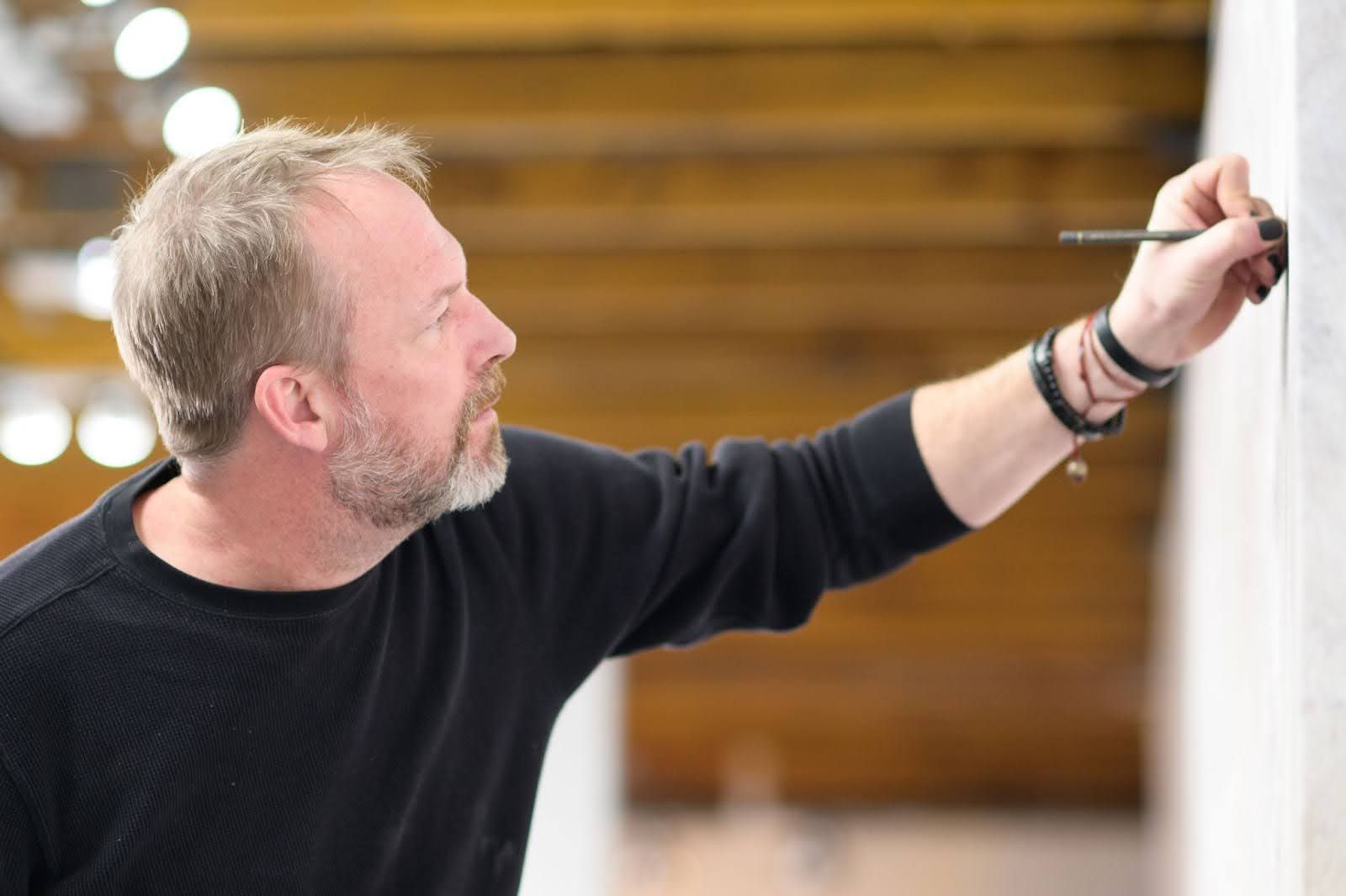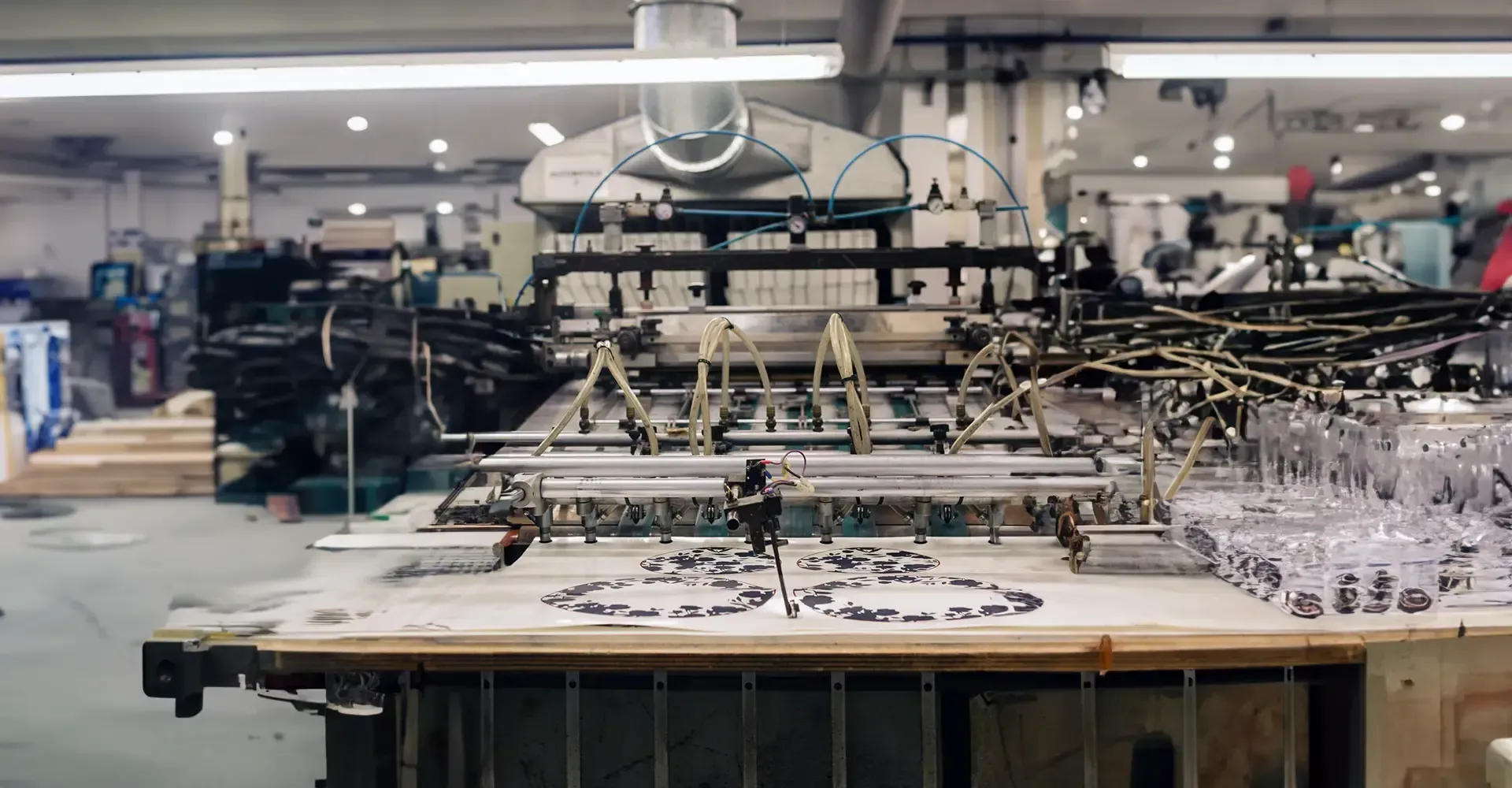Isabella Losskarn
Isabella Losskarn creates highly colorful and captivating images that delve into the complex world of gender. Her artwork is characterized by distinctly familiar yet absurd still-life juxtapositions. These universally relatable visual metaphors address current issues and personal experiences. This universality of her art invites all viewers, regardless of their background, to engage in her discourse about gender.
Losskarn's work powerfully comments on the societal influences that shape our understanding and experience of gender. Through her art, she aims to heighten engagement within the broader discourse surrounding gender, inviting viewers to question and reflect on how family, friends, strangers, products, and media shape our perceptions and choices.
One of Losskarn's most striking pieces, 'Did You Make That All By Yourself,' encapsulates the artist's gendered experiences. The work's title, posed as a question often condescendingly asked by a parent to a child, references the early stages of childhood development when gender roles and expectations take root. This title serves as a poignant reminder of the societal pressures and expectations that influence our understanding and experience of gender from a young age.
Losskarn's answer to this question is unequivocal—we do not choose gender "all by ourselves." Instead, people and societal factors surrounding us influence our understanding and experience of gender. Family, friends, strangers, products, and media all play a role in shaping our gender identity and the expectations that come with it.
In 'Did You Make That All By Yourself?' Losskarn incorporates cereal pieces that scramble 'boy or girl.' This seemingly innocent question, often asked of children, carries the weight of societal expectations and the pressure to conform to binary gender roles. The scrambled nature of the text suggests the confusion and complexity surrounding the concept of gender and the difficulty of providing a clear-cut answer. The cereal pieces, a symbol of childhood innocence and simplicity, are used to represent the societal pressure to conform to gender norms, further emphasizing the artwork's exploration of gender complexity.
Losskarn's use of vibrant colors and familiar objects in her artwork creates a sense of accessibility and relatability for viewers. By presenting these complex issues through the lens of everyday objects and scenarios, she invites a wider audience to engage with the discourse surrounding gender and to consider their own experiences and perceptions.
Through her artwork, Losskarn challenges the notion that gender is a simple, binary construct. She highlights how societal influences shape our understanding of gender from a young age and how these influences continue to impact our experiences throughout our lives. This powerful challenge to societal norms not only inspires the audience, but also empowers them to question and redefine their understanding of gender.
Losskarn's work also serves as a deeply personal reflection on her own gendered experiences. By creating art that is both deeply personal and universally relatable, she invites viewers to connect with her experiences and to consider their own relationships with gender. This personal touch in her art not only fosters a sense of connection and empathy in the audience, but also makes them feel more deeply engaged with the artwork.
In a world where gender identity and expression are increasingly recognized as complex and multifaceted, Losskarn's artwork provides a powerful visual language for exploring these issues. Through her use of color, symbolism, and familiar objects, she creates a space for dialogue and reflection on how gender shapes our lives and experiences.
Isabella Losskarn's highly colorful and thought-provoking artwork is a testament to the power of art to engage with complex social issues and to invite viewers to consider their own experiences and perceptions. Her work has made a significant impact on the broader art community, sparking conversations and inspiring other artists to explore gender and gendered experiences in their own work. Through her art, she contributes to the broader discourse surrounding gender and gendered experiences, challenging viewers to question the societal influences that shape our understanding of ourselves and others.
Related Articles
Related Articles




